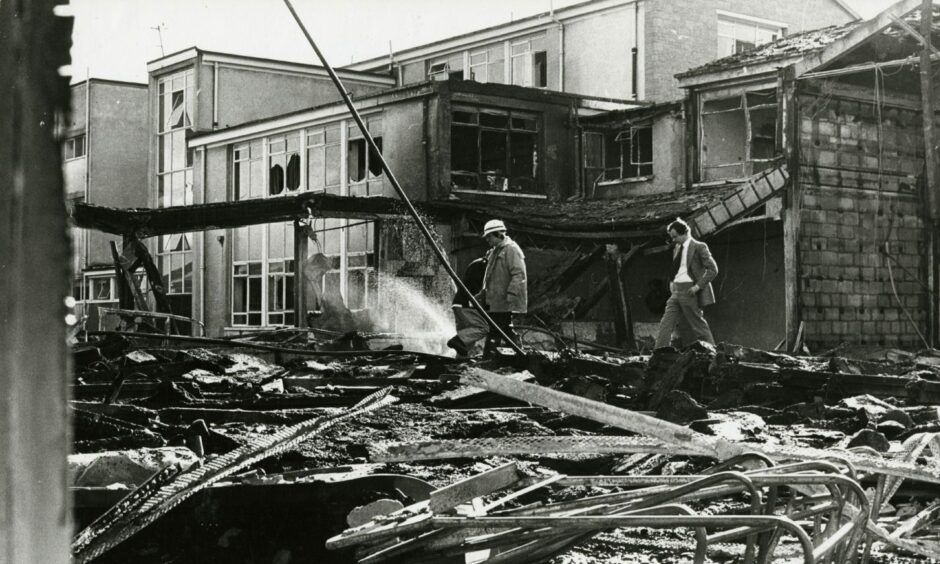
“All I could see was flames.”
Caretaker James Bannon rose out of bed, rubbed his eyes and looked out his window after being woken by his dog barking at 3.30am on September 27 1978.
St John’s High School in Dundee was blanketed in an orange haze.
The air was acrid and filled with smoke.
“I was wakened by one of my dogs barking early in the morning and I knew something must be wrong,” said Mr Bannon.
“I got out of bed and had a look out of the window.
“All I could see was flames.
“The fire obviously had a good hold and there was nothing useful I could do to fight it.
“I called the fire brigade immediately and then got dressed.
“My first concern was to get the main gates open for the fire engines, which arrived on the scene very quickly indeed.”
Evidence of foul play in St John’s High School fire
Ten fire appliances from four stations in the city raced to the scene.
The firefighters, under the command of Firemaster Alfred Jones, found the assembly hall area well alight amid dense smoke with flames shooting high into the air.
Firefighters wearing breathing apparatus used seven water jets to fight the flames from above and battled for 45 minutes to bring the blaze under control.
Evidence of forced entry to the building was detected.
The Courier reported: “Callous vandals were responsible for yesterday’s early morning blaze which caused an estimated £350,000-damage to St John’s High School, in Harestane Road, Dundee.
“As well as starting the fire, which seriously damaged the school hall, dining room and kitchen areas, the vandals caused havoc in other areas of the building.
“One classroom was hit by the fire and adjacent rooms were affected by heat and smoke.
“Late yesterday afternoon, as urgent action was being taken to carry out stop-gap repairs to the building and police investigations continued, there was doubt about the school reopening after the holiday which ends on October 10.
“It could be well over a year before the damaged section is rebuilt.
“The vandals are thought to have entered the school some time between 10.30pm on Tuesday and 3.30am yesterday.
“During yesterday, intensive police investigations, including door to door inquiries, went on.
“CID officers were searching the school for vital clues.”
They weren’t the only ones searching for answers.
Elizabeth Carnegy, Tayside Region’s education committee convener, hit out at what she described as “this senseless and wanton destruction of public property”.
She said: “The main solution to the problem of vandalism lies in our own hands.
“In every home we must look to the way we are bringing up our young people and must ensure that they appreciate and respect other people’s property as they would respect their own.
“Schools and other public facilities belong to us all.
“Last night many Dundonians lost, for the time being, a valuable possession.”
The lid of a silver cup from St John’s High School was found by a dog handler who went to a footpath leading from King’s Cross Road at Beechwood to a disused railway line.
Other items were also recovered from Dronley Avenue.
The breakthrough came when two former pupils were arrested by police.
Stuart McKay Dolan and Steven Walker – both 17 – appeared before Sheriff Christie at Dundee and denied breaking into the school and stealing items on September 26 or 27.
They both lived in Dronley Avenue in Beechwood.
And the charge sheet was lengthy.
A record-player, chalices, hymn book, tawse, trophy lid, dartboard, cassette tapes, stapler, radio, crucifix set, candlesticks and £2.50 were among the stolen items.
They also denied wilful and malicious damage which included breaking a telephone, putting glue on two gowns, scattering wine on carpets and writing on the walls.
The final charge was the most serious.
Wilfully lighting and dropping or throwing matches which set fire to the assembly hall, stage, dining-hall, kitchens, entrance hall and upper staffroom.
Again, denied by Dolan and Walker.
Trial by jury was fixed for February 7 1979 at Dundee Sheriff Court.
The school reopened in October 1978, although pupils were taken to the former St Michael’s School in Graham Street for lunches until repairs were made.
Then the biology lab was back in use and the arts and crafts accommodation.
Life returned to normal.
Until February 1979 when unwanted headlines returned.
Trial before eight women and seven men
Dolan was represented by Raymond Fraser at the jury trial in Dundee while a young advocate by the name of Donald Findlay was the defence lawyer for Walker.
Brother Bede, the rector of St John’s High School, gave evidence and said he went to the school immediately after being summoned at 3.45am on September 27 1978.
He found the whole central area in flames.
Depute fiscal Andrew Haughney took Brother Bede through a book of photographs showing vandalism and he said almost everything he touched was sticky.
There was an empty bottle of altar wine on the floor.
As well as things being missing, several religious articles had been strewn about.
He thought perhaps half a dozen people had been responsible for the vandalism.
Detective Constable Catherine Carlyle, based at Dundee, told the court that Dolan had made a voluntary statement to police.
Questioned by Mr Fraser, she agreed Dolan had not admitted deliberately setting fire to the school, but had said he “struck matches to see where he was going”.
Dolan had told police that if the fire had been caused by him, it had been an accident.
Things took a further twist.
Crown prosecutors concluded their evidence before Mr Fraser and Mr Findlay intimated they would not be leading evidence and asked for an adjournment.
Dolan and Walker now wished to plead guilty to amended charges, which they did.
The amendment deleted parts of the lengthy indictment.
One thing didn’t change, though.
Dolan and Walker were maintaining a not guilty plea to wilful fire-raising.
Mr Fraser, outwith the presence of the jury, told Sheriff Christie that the case against his client should be dismissed as there was “no corroboration of the fire-raising charge”.
Dolan and Walker were sentenced
A jury of eight women and seven men took only 20 minutes to find Dolan guilty of wilfully starting the fire that caused £400,000 of damage to the school.
Walker’s plea of not guilty to setting fire to the school was accepted by the Crown.
Sentence was deferred for background reports until March 1979.
Dolan was sent to a young offenders’ institution for two years by Sheriff Christie.
Mr Fraser, in a plea of mitigation, admitted the “partial destruction of an institution of academic and religious importance was unforgiveable on legal and moral terms”.
Walker, who appeared with Dolan, was sent to Borstal, which was a type of youth detention centre intended to reform young offenders until its abolishment in 1982.
It was the end of a sad chapter in the history of St John’s High School.
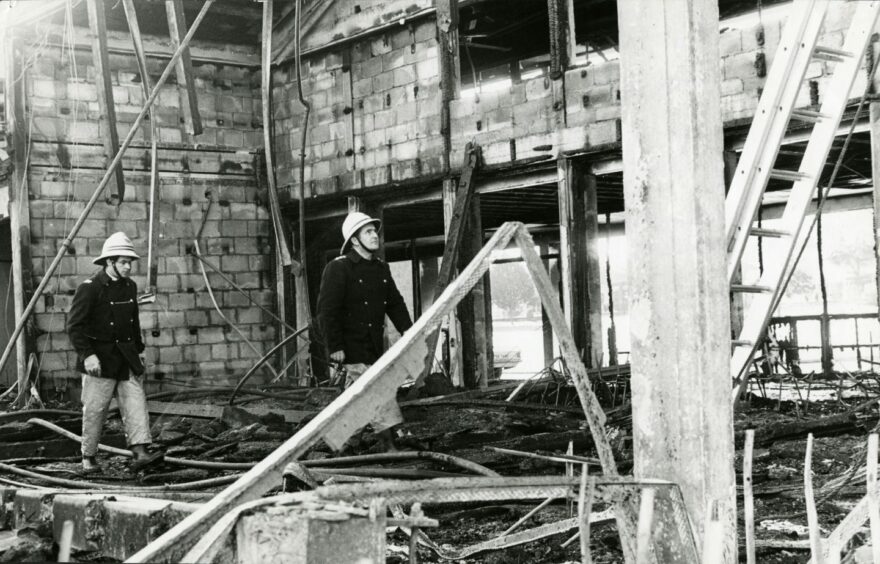
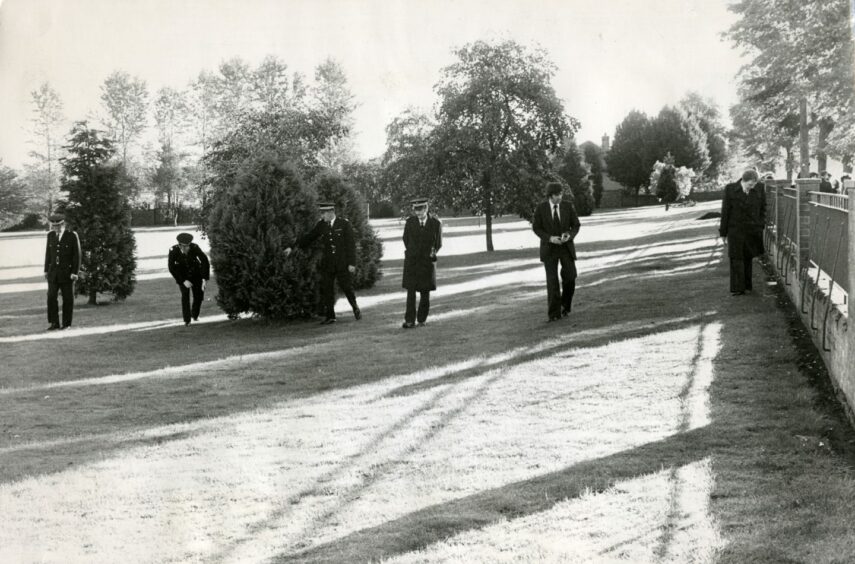
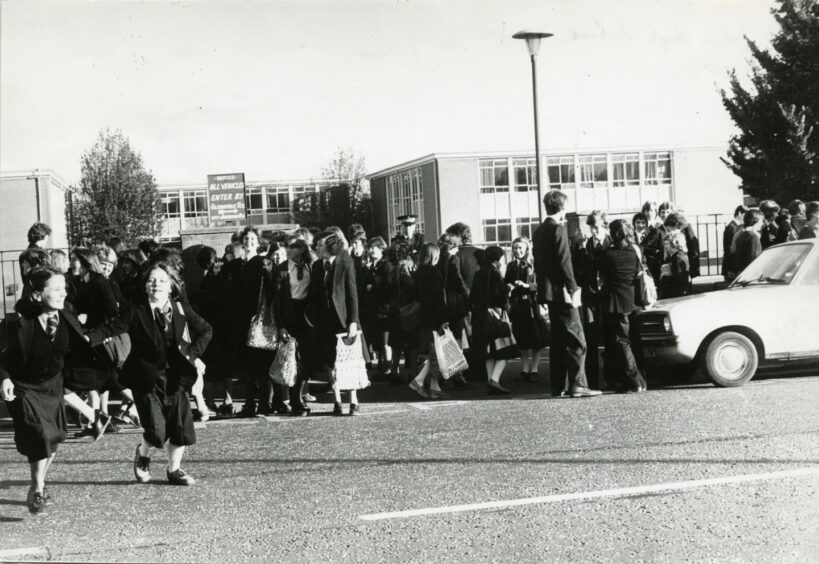
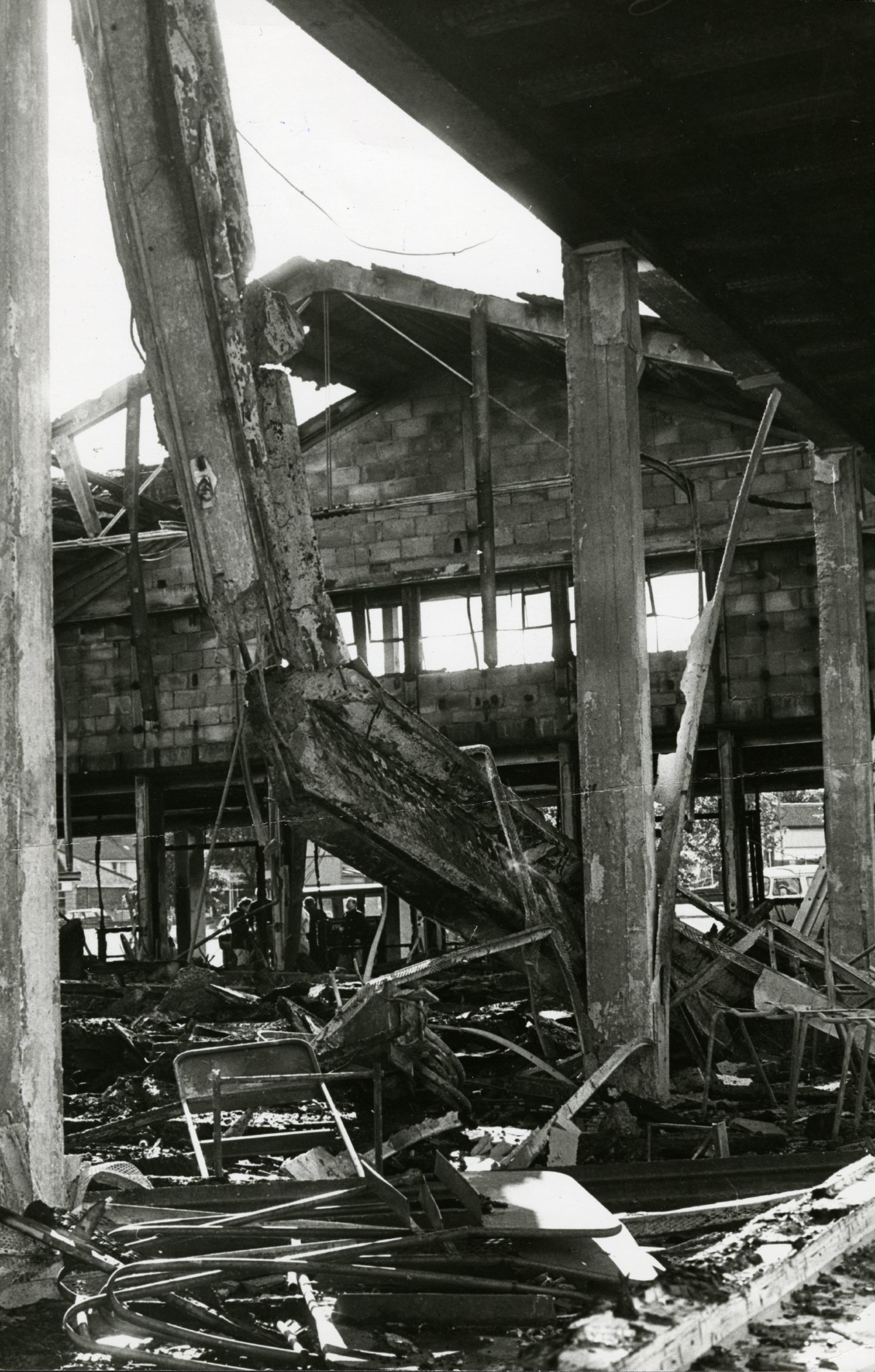
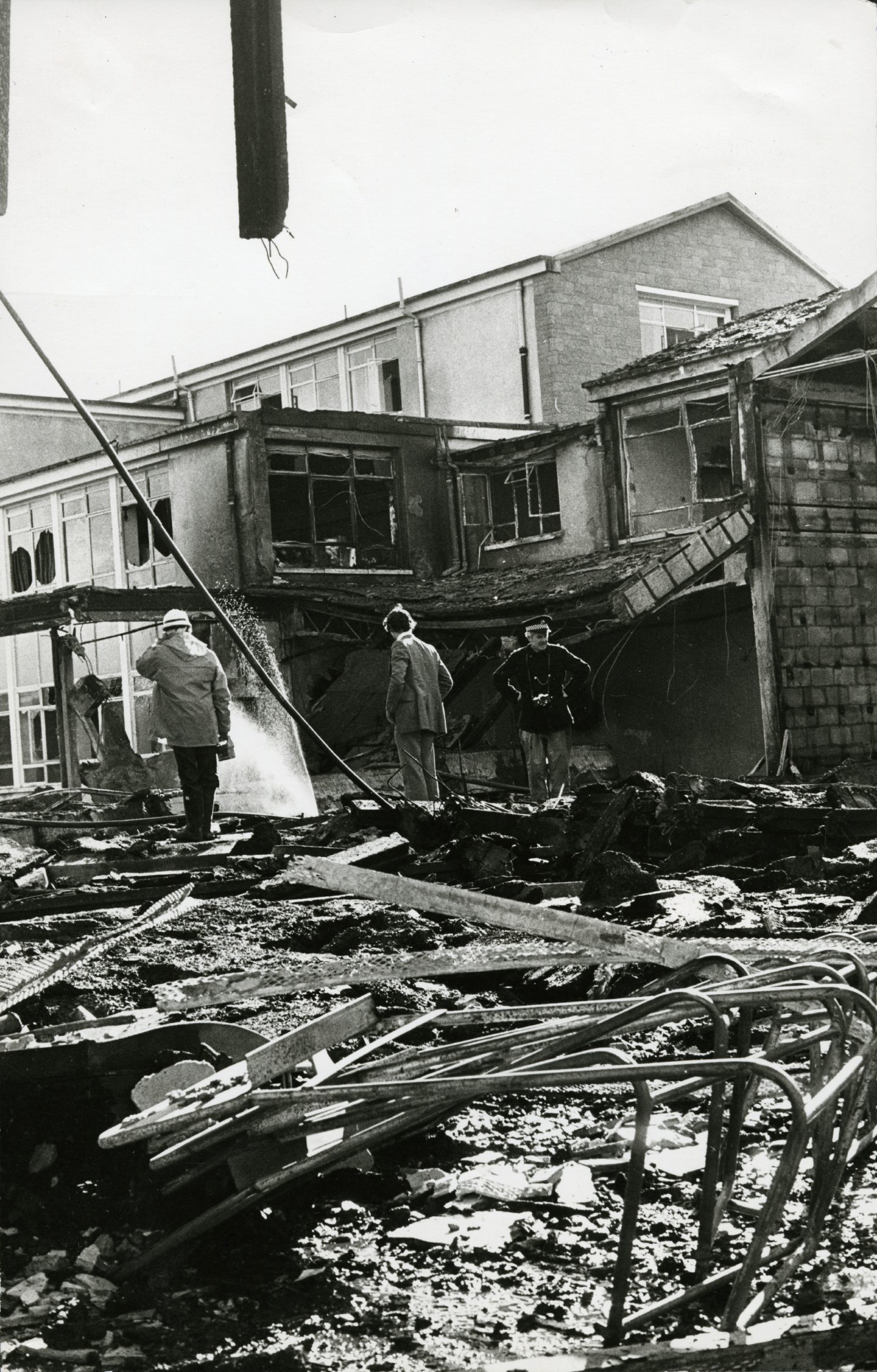
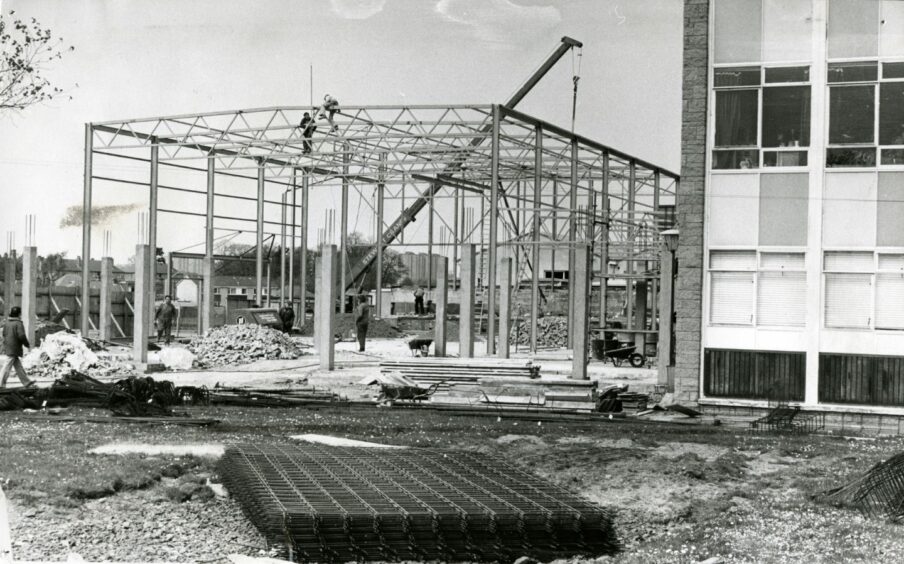
Conversation